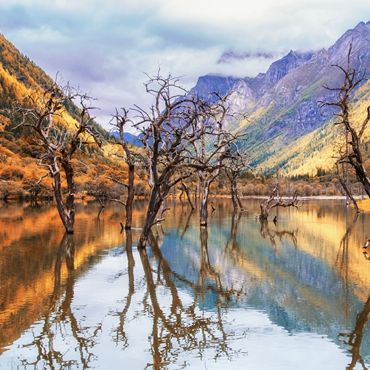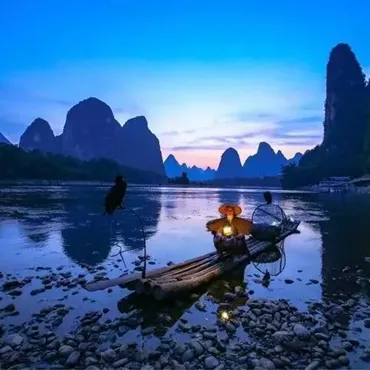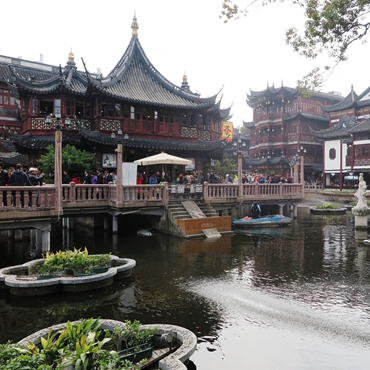Zhangjiajie Travel Guide & Tours
Zhangjiajie is an important tourist destination in the northwest of Hunan Province, about 400 km away from Changsha. Zhangjiajie covers an area of 9,600 square kilometers with a population of 1.54 million, 72.2 percent of which are ethnic minorities such as Tujia, Miao, and Bai.
Zhangjiajie lies in the Wulingshan mountain area. It is a scenic area made up of sandstone from the primitive ecological system and the forest coverage rate reaches 97.7 percent. In 1992, it was inscribed in the list of in the World Cultural &Natural Heritage by UNESCO. Zhangjiajie is home of China's first forest part -- the Zhangjiajie National Forest Park -- and a World Natural Heritage site Wulingyuan.

There are many famous scenic spots inZhangjiajie, such as Baofeng Lake, the Huanglong Cave (the largest cave in Asia), and many beautiful waterfalls and brooks. But the most attractive scene that Zhangjiajie features is the mysterious mountain covered with dense, primeval forests. It is said that 23 species of tare animals and more than 3,000 species of plants are living in the misty world. Major scenic spots include the Huangshizhai, the Jinbian Brook, the Tianzi Mountain, the Huanglong Cave, the Baofeng Lake, Puguang Temple, the Feitan Waterfall, the Tianmenshan Mountain and the Maoyan River.
Zhangjiajie is home to thousands of plant varieties that cover an estimated 98% of the total area. Among them are rare species of gingko, sequoia and Yunnan catalpa.
Industries include chemical fertilizer, textile, and papermaking. The famous products are polemos, Maojian tea, Longxia tea, Hongza tea, and oranges.













